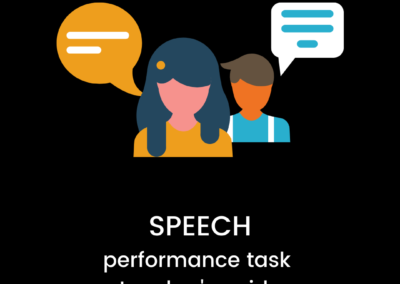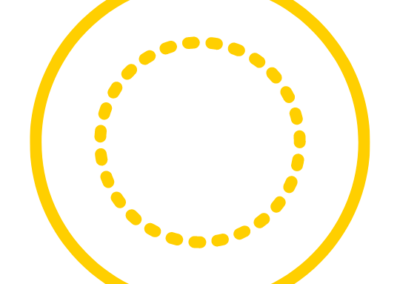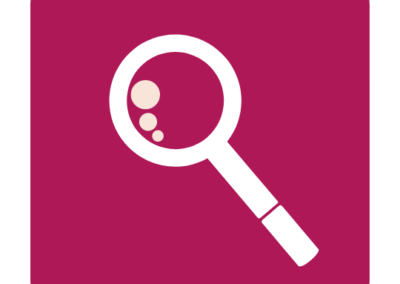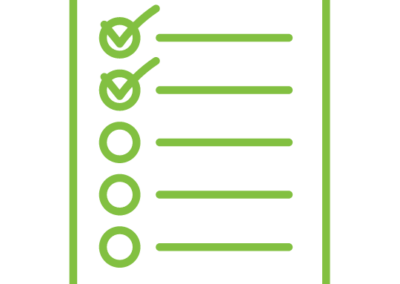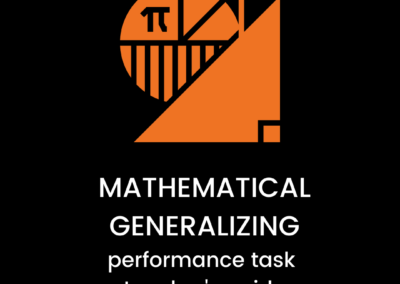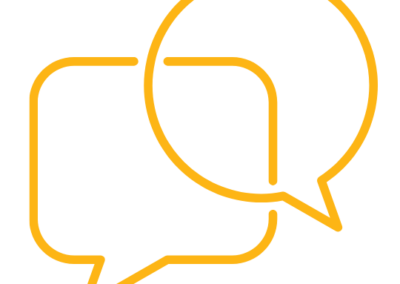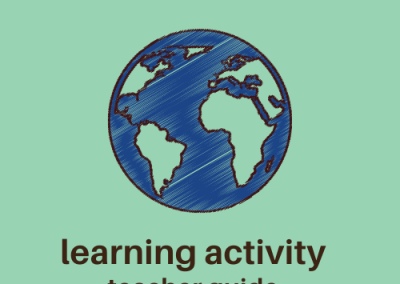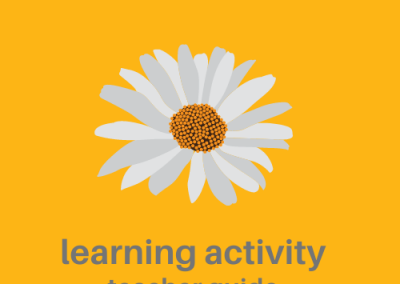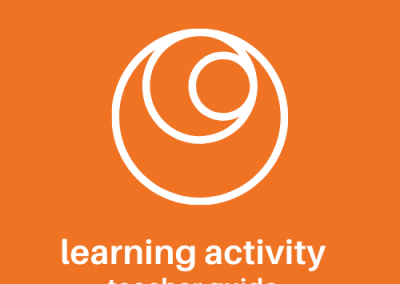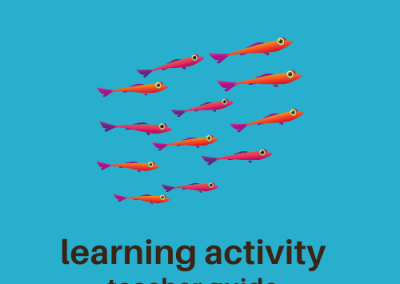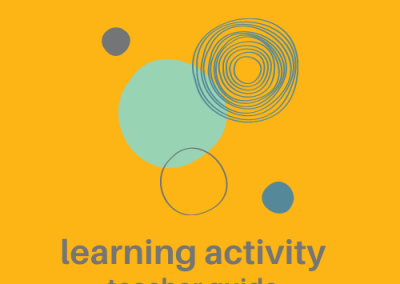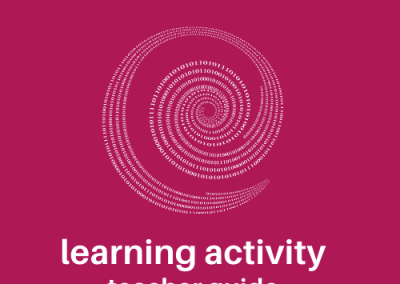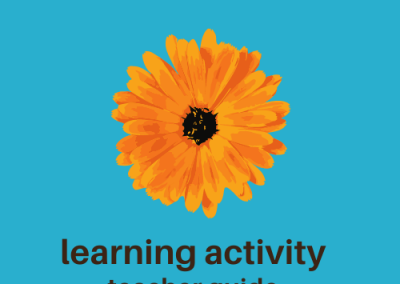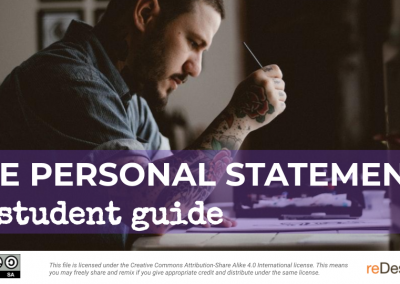SQRQCQ
Preparation
- Identify one or more word problems you want students to solve.
- Prepare a handout or display describing the steps of SQRQCQ.
- Prepare to model using SQRQCQ to solve at least one problem.
Activity Steps
1
Teacher introduces SQRQCQ, and explains how to use it. Teacher models using SQRQCQ to solve a problem.
As you model, think aloud about the process so that students can understand how and why you make the decisions you do. Clearly label and think aloud about each step of the process.
2
Teacher displays SQRQCQ process or distributes handouts describing the process. Teacher distributes one or more word problems to students.
3
Survey: Students skim the problem and gather a general understanding of what it is about, and what it is asking.
You can circulate as students are working, engaging one or two students at a time in mini-conferences in which you gauge their thinking process and their understanding, and help to guide them towards a higher level of thought.
4
Question: Students ask themselves questions including: • What is the problem about? • What information does the problem require? Students may change the wording of the problem or highlight the most important details.
You may want students to discuss these questions in pairs or groups, or in a whole class. You can also choose to provide students with a SQRQCQ template in which they record their responses to each of the three questioning steps.
5
Read: Students read the problem carefully, either alone or in groups. Students look for critical information, relationships, and details that they will need to use to solve the problem.
Encourage students to read aloud during this step, to read slowly, and to read any challenging portions more than once. Students may want to highlight important information.
6
Question: Students ask themselves questions about how they will solve the problem, including: • What operations need to be performed? • What numbers need to be used? • What order should the operations be performed in? • What is known, and what is un
7
Compute: Students solve the word problem. They perform any necessary computations, and/or construct any necessary models, and arrive at an answer.
Make sure to be available to struggling students at this point, to scaffold their efforts to apply their strategies to actually solve the problems.
8
Question: Students ask themselves questions including: • Does my answer make sense? • Were the calculations done correctly? • Are the units correct? • Does this actually answer the target question? • Were the facts in the problem used correctly?
9
Students follow the SQRQCQ steps for any remaining word problems with increasing independence. They work alone or in groups.
You can also choose to provide students with a SQRQCQ template in which they record their responses to each of the three questioning steps.

